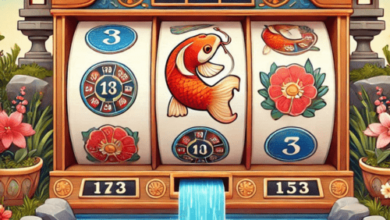Cultural Representation in Video Games: Diversity and Inclusion

Video games have evolved into a powerful form of artistic expression, and as such, they have a significant role to play in shaping cultural narratives and promoting diversity and inclusion. The portrayal of characters, settings, and stories within games has a profound impact on players’ perceptions and attitudes toward various cultures. In recent years, the gaming industry has made strides in improving cultural representation, but there’s still work to be done.
The Importance of Cultural Representation
Cultural representation in video games goes beyond mere aesthetics. It involves crafting authentic narratives that reflect the richness and diversity of the real world. When players see characters who look like them and experience stories that resonate with their backgrounds, they’re more likely to feel a sense of belonging and engagement. Moreover, exposure to different cultures fosters empathy and a broader understanding of the world.
Challenges and Missteps
Historically, the gaming industry has faced criticism for perpetuating stereotypes and lacking diversity in character design. From racial caricatures to gender biases, there have been instances where games reinforced harmful cultural biases. These missteps highlight the importance of cultural sensitivity and thorough research when creating characters and narratives.
Inclusive Character Design
A crucial aspect of cultural representation is the design of diverse and authentic characters. This involves more than just skin deep changes – it requires understanding the cultural nuances that shape a character’s personality, motivations, and experiences. Inclusive character design is an opportunity to break free from clichés and create individuals who defy stereotypes.
Diverse Storytelling
Cultural representation extends to storytelling as well. Game narratives can draw inspiration from myths, legends, and histories from around the world. When done thoughtfully, this not only offers players unique and engaging experiences but also helps in dispelling myths and misconceptions about different cultures.
Player Customization and Inclusivity
Many modern games allow players to customize their avatars. This feature is a double-edged sword – it enables players to express themselves, but it also raises questions about cultural appropriation. Striking a balance between customization and cultural sensitivity is crucial to avoid trivializing or appropriating elements from underrepresented cultures.
Industry Initiatives and Progress
In recent years, there has been a notable shift toward promoting cultural representation in the gaming industry. Game developers and publishers are increasingly recognizing the value of diverse perspectives and experiences. Initiatives include collaborations with cultural consultants, hiring diverse development teams, and incorporating player feedback to improve representation.
The Road Ahead
While progress is being made, there’s still a long way to go. The gaming industry must continue to champion diversity and inclusion as ongoing commitments. This involves not only creating diverse characters but also fostering an inclusive environment within development teams and addressing biases at all levels of game design.
Conclusion
Cultural representation in video games is not just a checkbox – it’s a moral and creative imperative. Games have the power to shape perceptions, challenge biases, and bridge cultural divides. As the industry embraces its potential for positive change, players can look forward to more enriching and diverse gaming experiences that reflect the beautiful tapestry of our world.




